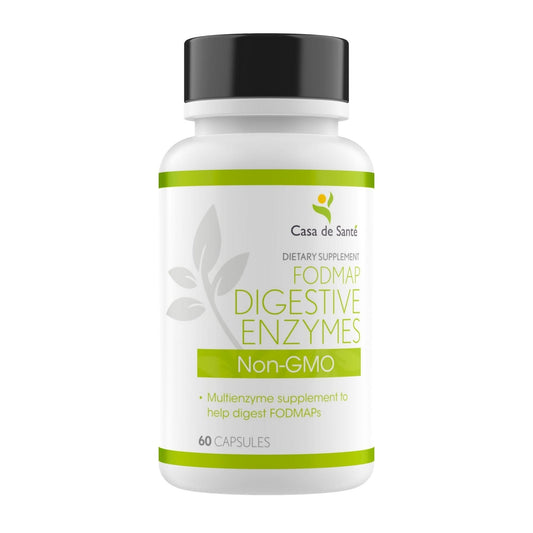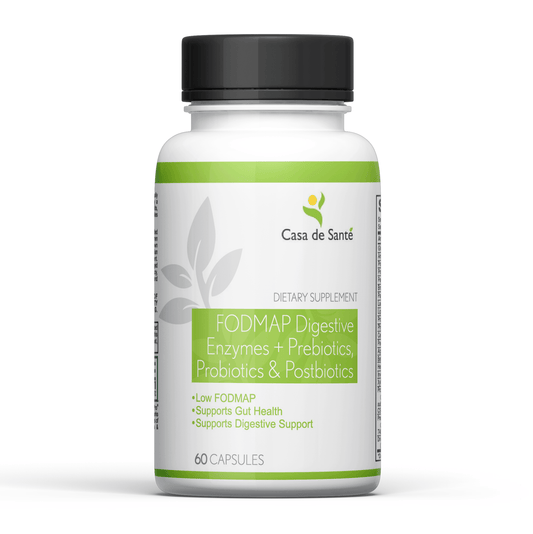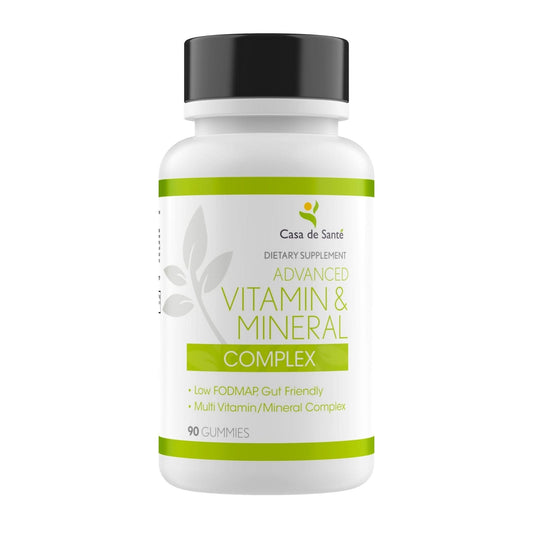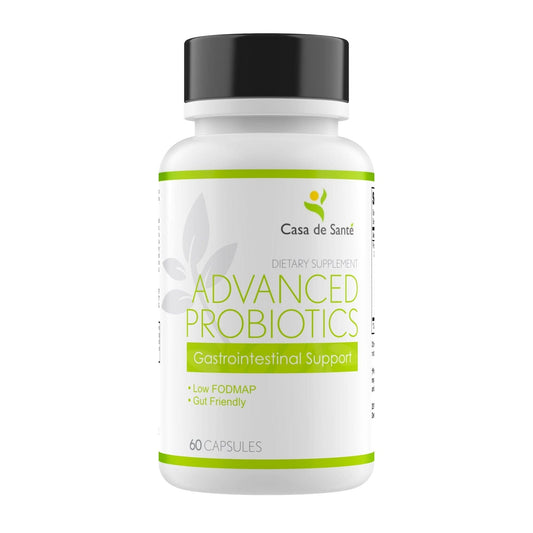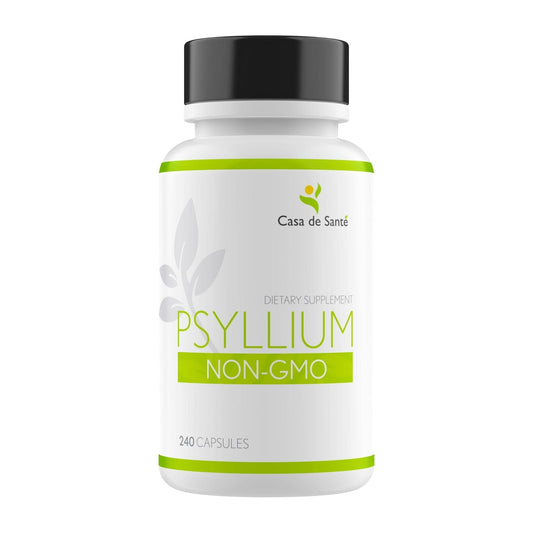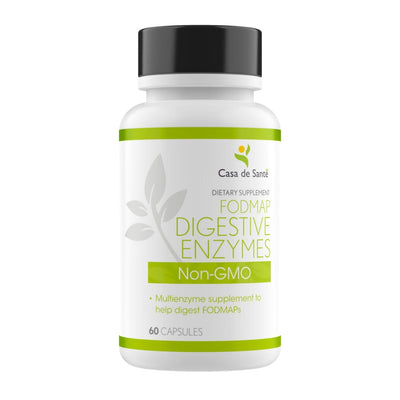10 Fascinating Enzyme Fun Facts: Nature's Tiny Molecular Machines
10 Fascinating Enzyme Fun Facts: Nature's Tiny Molecular Machines
Enzymes are the unsung heroes of our biological world, working tirelessly behind the scenes to make life possible. These remarkable protein molecules accelerate chemical reactions in our bodies and throughout nature, performing their duties with incredible efficiency and precision. Without enzymes, most biochemical reactions would occur too slowly to sustain life as we know it. From digesting your breakfast to copying your DNA, enzymes are essential for countless processes that keep organisms alive and functioning.
While you might vaguely remember enzymes from high school biology class, these molecular marvels deserve a closer look. Let's dive into ten fascinating facts about enzymes that highlight just how extraordinary these microscopic machines truly are.
The Basics: What Makes Enzymes So Special?
Enzymes are specialized proteins that act as biological catalysts, speeding up chemical reactions without being consumed in the process. What sets them apart from other catalysts is their remarkable specificity and efficiency. Each enzyme is designed to perform a particular function, recognizing and binding to specific molecules (called substrates) to facilitate chemical transformations.
The human body contains thousands of different enzymes, each with its own unique shape and function. This incredible diversity allows our cells to carry out the complex chemistry required for life, from breaking down nutrients to building new cellular components.
Enzymes Work at Lightning Speed
One of the most impressive aspects of enzymes is their reaction rate. A single enzyme molecule can process thousands of substrate molecules per second. For example, the enzyme catalase, which breaks down hydrogen peroxide in our cells, can decompose about 40 million hydrogen peroxide molecules per second. Without catalase, this reaction would take years instead of microseconds!
This extraordinary speed is crucial for life processes that need to happen quickly, like nerve signaling or muscle contraction. Imagine waiting hours for your muscles to respond when you need to catch yourself from falling—enzymes ensure these reactions happen in the blink of an eye.
What's even more remarkable is how enzymes achieve this speed without requiring extreme conditions. While many laboratory-based chemical reactions need high temperatures, strong acids, or high pressure to proceed rapidly, enzymes operate efficiently at the mild conditions found in living organisms. This ability to dramatically accelerate reactions under physiological conditions (neutral pH, aqueous environment, body temperature) is what makes enzymes indispensable for life as we know it.
The Lock and Key Model
Enzymes operate using what scientists originally described as a "lock and key" mechanism. Each enzyme has an active site with a unique shape that fits its specific substrate, much like a key fits into a lock. When the substrate enters the active site, it forms a temporary enzyme-substrate complex, allowing the chemical reaction to occur more easily.
Modern understanding has refined this to the "induced fit" model, where the enzyme slightly changes shape upon substrate binding to better facilitate the reaction. This flexibility allows enzymes to be both highly specific and remarkably efficient at their jobs.
The specificity of enzymes is truly astounding when you consider the cellular environment. Inside a cell, thousands of different molecules are floating around in a crowded solution, yet enzymes can identify their target substrates with incredible precision. This selectivity comes from multiple points of contact between the enzyme and substrate, involving hydrogen bonds, ionic interactions, and hydrophobic forces. Some enzymes are so specific they can distinguish between molecules that differ by just a single atom or even between mirror-image versions of the same molecule (called enantiomers). This precision targeting is essential for maintaining the orderly biochemical processes that sustain life.
Enzymes in Everyday Life
Enzymes aren't just working inside your body—they're also hard at work in many products you use daily. From laundry detergents to cheese production, these biological catalysts have found numerous applications in our modern world.
Enzymes Make Your Clothes Cleaner
Next time you do laundry, check the ingredients on your detergent bottle. Many contain enzymes like proteases, lipases, and amylases that target specific types of stains. Proteases break down protein-based stains like blood and grass, lipases tackle greasy spots, and amylases dissolve starchy marks from foods like pasta and potatoes.
These biological cleaners work effectively at lower temperatures than traditional chemical cleaners, saving energy and being gentler on fabrics. The introduction of enzymes to laundry detergents in the 1960s revolutionized cleaning technology, allowing for more effective stain removal while reducing environmental impact.
Cheese, Beer, and Bread: Thank Enzymes for Your Favorite Foods
Many of our most beloved foods and beverages rely on enzymes for their production. Cheese-making depends on rennet, which contains the enzyme chymosin to coagulate milk. Beer brewing uses amylases to convert starches in grains to fermentable sugars. And bread rises thanks to the enzymes in yeast that produce carbon dioxide gas.
Even chocolate gets its distinctive flavor through enzymatic fermentation of cacao beans. Without these natural catalysts, our culinary landscape would be dramatically different—and far less delicious!
Medical Tests and Treatments
Enzymes play crucial roles in medical diagnostics and treatments. Blood tests often measure enzyme levels to diagnose conditions like heart attacks, liver disease, or pancreatic disorders. For instance, elevated levels of cardiac enzymes in the bloodstream can indicate heart muscle damage.
Therapeutic enzymes are also used to treat various conditions. Patients with pancreatic insufficiency take digestive enzymes with meals, while certain enzyme therapies help break down blood clots in stroke or heart attack patients. Enzyme replacement therapy is vital for people with rare genetic disorders where their bodies cannot produce specific enzymes naturally.
Extreme Enzymes: Nature's Tough Workers
While many enzymes work best at body temperature and neutral pH, some specialized enzymes thrive in conditions that would destroy most proteins. These extremophilic enzymes have evolved to function in some of Earth's most inhospitable environments.
Heat-Loving Enzymes from Hot Springs
Thermophilic enzymes, found in bacteria living in hot springs and hydrothermal vents, can function at temperatures well above 100°C (212°F). The most famous example is Taq polymerase, isolated from bacteria in Yellowstone National Park's hot springs. This heat-stable enzyme revolutionized molecular biology by enabling the polymerase chain reaction (PCR), a technique for amplifying DNA that's crucial for everything from COVID-19 testing to forensic science.
Scientists and industries prize these heat-resistant enzymes for applications where high temperatures are necessary. They're used in processes ranging from paper manufacturing to biofuel production, offering more energy-efficient alternatives to traditional chemical catalysts.
Cold-Active Enzymes from Arctic Waters
At the other extreme, psychrophilic enzymes work efficiently in near-freezing temperatures. These specialized proteins, found in organisms living in polar regions or deep ocean waters, have evolved flexible structures that allow them to function when most enzymes would become too rigid to work.
These cold-active enzymes have practical applications in cold-water detergents, food processing that requires low temperatures, and bioremediation in cold climates. Their ability to catalyze reactions without heating saves considerable energy in industrial processes.
Surprising Enzyme Facts That Will Blow Your Mind
Beyond their essential biological roles, enzymes have some truly astonishing capabilities and characteristics that showcase nature's ingenuity at the molecular level.
Enzymes Can Be Incredibly Long-Lived
While many enzymes in our bodies are constantly being recycled and replaced, some can remain active for remarkably long periods. Carbonic anhydrase, which helps maintain pH balance in your blood, is one of the fastest enzymes known—each molecule can process up to one million carbon dioxide molecules per second—and can remain active for weeks or months.
Even more impressive, scientists have discovered functional enzymes in ancient permafrost samples dating back thousands of years. When thawed under the right conditions, these prehistoric proteins can still catalyze their target reactions, demonstrating the remarkable stability of some enzyme structures.
Some Enzymes Cut and Paste DNA
Restriction enzymes, found naturally in bacteria as a defense against viral infection, can recognize specific DNA sequences and cut the DNA at those precise locations. These molecular scissors are essential tools in genetic engineering and biotechnology, allowing scientists to cut and paste genetic material with remarkable precision.
Another class of enzymes called ligases performs the opposite function, sealing breaks in DNA strands. Together, these cutting and pasting enzymes form the foundation of modern genetic engineering, enabling everything from the production of insulin by genetically modified bacteria to the development of gene therapies for inherited diseases.
The Future of Enzyme Technology
As our understanding of enzymes deepens and our ability to engineer them advances, these molecular machines are poised to play increasingly important roles in solving some of humanity's greatest challenges.
Designer Enzymes: Engineering New Functions
Scientists are now creating custom enzymes that can perform reactions not found in nature. Using computational design and directed evolution (a Nobel Prize-winning technique), researchers can develop enzymes with enhanced stability, altered specificity, or entirely new functions. These designer enzymes hold promise for creating more efficient biofuels, degrading environmental pollutants, and synthesizing complex pharmaceuticals.
In 2019, researchers created an enzyme that can break down PET plastic, offering a potential biological solution to plastic pollution. Other engineered enzymes are being developed to capture carbon dioxide from the atmosphere, potentially helping to combat climate change through biological means.
Enzymes in Medicine: The Next Frontier
Enzyme therapy is an expanding field in medicine, with new applications emerging regularly. Enzymes are being investigated as treatments for cancer, with some designed to activate only in tumor environments or to break down the protective barriers around cancer cells. Others are being developed to target biofilms in antibiotic-resistant infections or to deliver drugs precisely where needed in the body.
The growing field of proteomics—studying the complete set of proteins in organisms—is revealing new enzymes with potential medical applications. As we identify and characterize more of these molecular machines, our toolkit for addressing health challenges continues to expand.
From their lightning-fast reaction rates to their ability to function in extreme environments, enzymes truly are among nature's most remarkable inventions. These microscopic molecular machines not only make life possible but also offer solutions to many human challenges. As we continue to unlock their secrets and harness their potential, enzymes will undoubtedly play central roles in medicine, industry, and environmental protection for generations to come.



